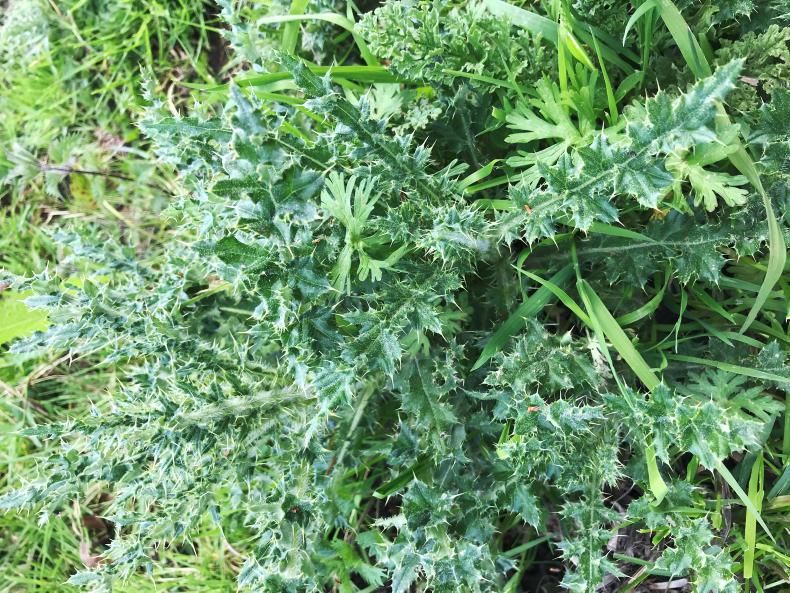AS we all know horses are selective grazers. As a result of this we face many challenges when it comes to maintaining good quality grassland. Horses will eat down some areas of the pasture until it is almost bare, while rough patches will remain in other areas of the pasture where they have not touched.
SOIL FERTILITY
Soil fertility is a massive factor that must be taken into account when managing grassland for horses. It is important to know the nutrient content of the soils on your farm. You should take soil samples and send them away for testing in order to establish soil nutrient levels.
This will help you to determine the pH of your soil. Soil pH is a measure of soil acidity, this is key to determining nutrient levels of the soil.
NITROGEN
Low levels of nitrogen are required for pasture that horses graze.
Therefore maintaining good soil fertility levels, palatable grass and having legumes within the sward is important.
White clover has Rhizobia bacteria nodules on it roots which have the capacity to make nitrogen in the soil.
From late April and the end of October, soil temperatures are suitable for clover growth. The clover starts to spread out via growth of stolons and make an increasingly important contribution to the productivity of the sward.
GRAZING
Horses are not interested in eating the less palatable grasses within the sward. Allowing sheep or cattle to clean off paddocks that horses have been grazing is a great way to maintain an even pasture.
Sheep nibble when they eat grass, while cattle will eat areas of longer leafy grass. Grazing cattle and sheep will also reduce the build-up of worm larvae and eggs on the pasture.
Putting in place a system of stock rotation is also is a good way to maintain a healthy sward and give paddocks a rest.
CHAIN HARROWING
Chain harrowing encourages new growth from the base of the grass plant. Chain harrowing during the grazing period spreads dung effectively, but also can cause worm contamination.
Summer harrowing has the advantage as it leads to more rapid dehydration of worm eggs.
TOPPING
Regular topping of excess grass is also advised to maintain an even healthy sward.
Topping should be carried out before heading out stage of the grass, before grass goes to seed, which will encourage growth, new leafy shoots will form.
COMPACTION
Compaction does not allow the grass roots to penetrate the soil. As a result it inhibits drainage, reduces grass growth and is a very hard surface for horses.
Shallow compaction can be addressed by using an aerator in spring and autumn.
WEEDS
Weeds thrive in areas of poor grass growth. Certain weeds can also make hay/haylage unpalatable.
Management practices that encourage the dense growth of grassland are very important when it comes to the control of weeds.
COMMON WEEDS

- Creeping Thistles cannot be controlled by simply just cutting as this weed can grow again from its roots. Chemical control is the most effective way to control the grown of creeping thistles.